I tend to talk a lot about protein. Despite the clear evidence that this macronutrient is the key to building muscle and staying lean, some people still don’t seem to get it. Protein is the main building block of everything that is human. Protein is highly thermogenic, meaning the body has to work overtime to ensure proper digestion. Protein fills you up and prevents you from eating excessive calories. I’m on record as saying that, for optimal health and body composition, people should try to eat upwards of 1g per pound of body weight every day.
Yes, protein sources in the diet are actually that important.
Today’s issue is that certain foods are advertised as being high in protein, when in fact they are not. It’s a personal pet peeve but the reason I’m writing this because it can also be detrimental to the body composition goals of the unknowing. Why you ask? If people use these foods as their primary sources of protein, the calorie count of the diet will be unexpectedly high due to the overwhelming levels of other macronutrients in the foods in question. People purchase and eat these foods to ensure they have enough protein in the diet, but due to misinformation the end goal cannot be met.
Before beginning, let me clarify that I am not saying these foods are unhealthy or should be omitted from the diet, but simply that they should not be considered as reliable sources of protein. I include all these foods in my diet but understand that they contribute more to my fat and carbohydrate count and are simply sources that give bonus protein to the rest of my diet. Please also note, the macronutrient breakdowns below may vary slightly from one product to another, but I tried to be as accurate as possible; at the very least, you get the gist.
1) Beans/chick peas/lentils
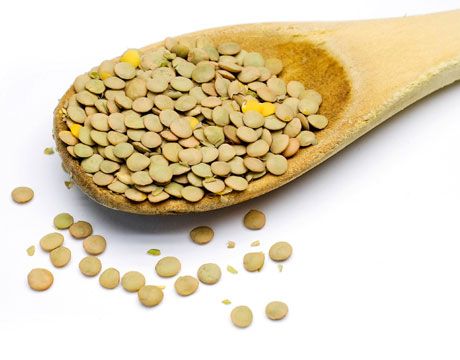
Actual macronutrient source: Carbohydrate
Per 1⁄2 cup serving size: 1g fat, 60g carb, 20g protein = 330 kcal
Calories from protein: 80
Percent calories from protein: 24%
Beans are full of fiber and can be part of a nutritious diet, but even if only trying to get 20g of protein from this source, you’ll take in enough carbohydrate to last you a good part of the day.
2) Nuts and nut butters
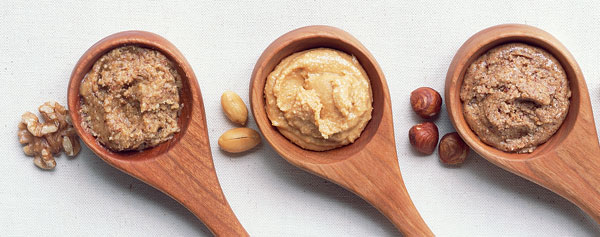
Actual macronutrient source: Fat
Per 2 tbsp serving size (peanut butter): 16g fat, 8g carb, 8g protein = 210 kcal
Per 1⁄4 cup serving size (almonds): 17g fat, 8g carb, 7g protein = 215 kcal
Calories from protein: 30
Percent calories from protein: 14%
This one kills me. That’s right, a PB&J sandwich doesn’t quite meet the “full meal” requirement. Don’t get me wrong, nuts have many health benefits but a handful is more than enough, and that handful will only contain a few measly grams of protein.
3) Quinoa
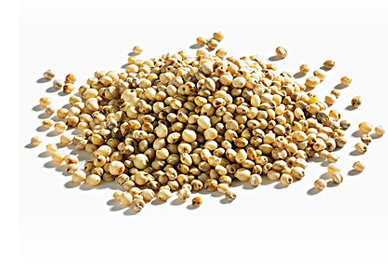
Actual macronutrient source: Carbohydrate
Per 1⁄2 cup serving size: 5g fat, 55g carb, 12g protein = 315 kcal
Calories from protein: 48
Percent calories from protein: 15%
Another prime offender; yes, quinoa is a complete protein but that doesn’t mean you receive enough overall protein from that source alone. For each serving of quinoa you take in 315 calories per 12g of protein; not exactly a great source of protein from that angle.
4) Chocolate milk
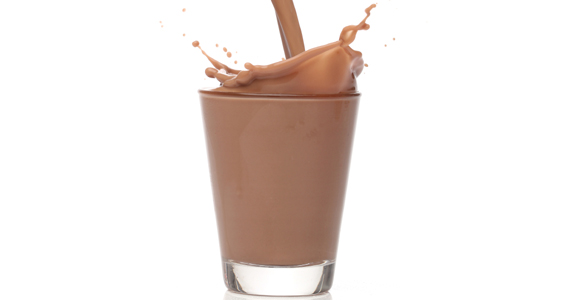
Actual macronutrient source: Carbohydrate
Per 1⁄2 liter serving size: 5g fat, 55g carb, 14g protein = 325 kcal
Calories from protein: 56
Percent calories from protein: 17%
I love chocolate milk but it’s more of a dessert than anything else. 14g of protein is nice, but not so hot when accompanied by 50g of sugar. Post workout, perfect; any other time, liquid chocolate bar.
5) Chick peas/hummus
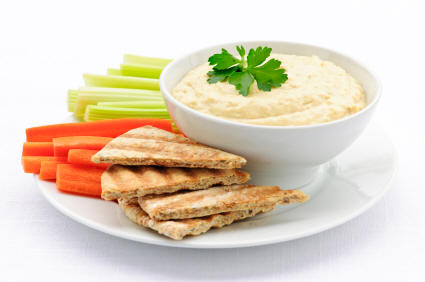
Actual macronutrient source: Carbohydrate
Per 1⁄2 cup serving size: 6g fat, 60g carb, 20g protein = 375 kcal
Per 2⁄3 cup serving size: 14g fat, 35g carb, 8g protein = 300 kcal
Calories from protein: 80/32
Percent calories from protein: 21%/10%
Last but not least, the infamous hummus. Dipping a cracker into hummus is like dipping toast into buttered mashed potato; it’s a carb party, baby. However, if you dip a whole pound of spinach into a serving of hummus that’ll get you right up to around 20g of protein though, so at least there’s that… (yes, spinach is a source of protein but you’d have to eat an entire pound of those leafy greens to reach a paltry 10g!)
Long story short, if you’re trying to get your protein through these sources you’re going to have to rethink your options and substitute some additional (actual) lean protein sources. By rocking a daily combination of peanut butter in the morning, beans at lunch and quinoa for dinner, you’ll have more than reached your daily carbohydrate intake without having reached half the recommended amount of protein. If you have no interest in having a healthy body composition or in the risk factors that come with having a high relative fat mass, feel free to ignore these words. For the sane and rational, you are now prepared to make informed decisions instead of floating around in the ignorant bliss that is our carbohydrate-based culture.








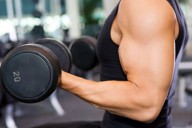









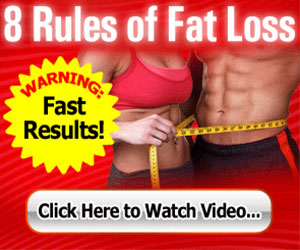






7 Comments
Thanks, Dain! I would love some suggestions for other veg sources of protein since your alternative diet readership may be weeping and poking at their soft bellies. Bonus points if it doesn’t include soy…
Oh No…I eat all of these when trying to cut back on my meat intake. Any suggestions for some non meat protein sources?
Like Sheanna mentioned if that list could not include soy that would be wonderful 🙂
Yes, please inform us of what are some good sources of protein that are low in fat and carbs. Please don’t leave us hanging.
I would also like to know your thoughts on protein powder.
Sheanna, Jenny, Tanya, thanks for the questions. Unfortunately, I might not have the answer you’re looking for. The bottom line is that it is incredibly hard for people with an animal product-free diet to attain high-level body composition or performance results. High-carb diets, which are inevitably the structure of most vegan/vegetarian diets, are the least beneficial to body composition. In terms of long-term health, having a poor body composition and relatively lower lean body mass is a very bad combination as we age. It is for this reason that I always encourage people to incorporate at least a minimal amount of animal protein into the diet. Animal sources are really the only place to find highly bioavailable lean protein. Completely ignoring such an extremely important part of human nutrition is not something that I recommend to anyone.
With that being said, there are some good animal product-free protein powder blends on the market (especially hemp-based), but these are generally quite expensive. If you have the funds to find a blend that has at a minimum a 2:1:1 ratio of protein:carbs:fat, it would be an excellent addition to an alternative diet. No blend will be able to match the protein quality of whey, but if you choose to avoid animal products, an expensive blend is your best bet to try and improve the overall macronutrient ratio of your diet.
In the end, I like to remind people that there are sustainable ways to consume animal products- it’s a personal choice to prioritize either your ethics or your body composition and long-term health.
[…] a long way towards helping improve body composition and overall health- as I’ve mentioned before (https://www.eligiblemagazine.com/2014/09/23/top-5-imposter-protein-sources/), plant-based protein sources are usually so high in accompanying macronutrients that it’s an […]